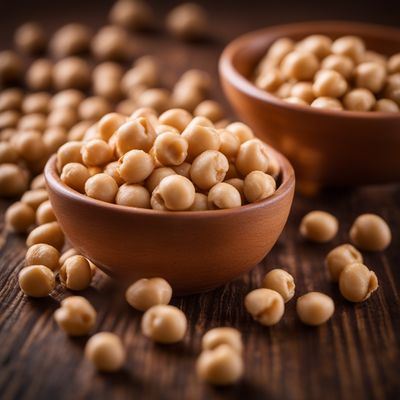
Ingredient
Soya flour
The Versatile Powerhouse: Soya Flour
Soya flour is a fine powder made from roasted soybeans. It has a pale yellow color and a nutty flavor. With its high protein content and gluten-free nature, soya flour is a popular choice for those following a vegetarian or gluten-free diet. It adds moisture, tenderness, and a slightly sweet taste to baked goods, making it a valuable ingredient in bread, cookies, and cakes. Additionally, soya flour can be used as a thickening agent in sauces and gravies.
Origins and history
Soya flour has its roots in East Asia, where soybeans have been cultivated for thousands of years. It has been a staple in Asian cuisines, particularly in China and Japan. Soybeans were introduced to Europe in the 17th century and later to the Americas. Soya flour gained popularity as a nutritious alternative to wheat flour during the vegetarian and health food movements of the 20th century.
Nutritional information
Soya flour is a rich source of protein, fiber, and essential minerals such as iron, calcium, and magnesium. It is also low in carbohydrates and contains no cholesterol. A 1/4 cup (30g) serving of soya flour provides approximately 120 calories, 10g of protein, and 4g of dietary fiber.
Allergens
Soya flour may contain allergens such as soy, which can cause allergic reactions in some individuals. It is important to check the packaging for any potential cross-contamination with other allergens.
How to select
When selecting soya flour, look for a brand that is labeled as non-GMO and made from organic soybeans if possible. Ensure that the packaging is intact and free from any signs of moisture or insect damage. Opt for a reputable brand to ensure quality and safety.
Storage recommendations
To maintain the freshness and quality of soya flour, store it in an airtight container in a cool, dry place. Avoid exposure to direct sunlight or heat, as it can cause the flour to spoil or lose its nutritional value. Proper storage can extend the shelf life of soya flour for up to 6 months.
How to produce
Soya flour can be produced by grinding roasted soybeans into a fine powder. This can be done using a high-speed blender or a grain mill. It is a relatively simple process that can be done at home with the right equipment.
Preparation tips
Soya flour can be used as a substitute for wheat flour in baking recipes. It adds moisture and tenderness to baked goods, making them softer and more flavorful. It can also be used as a thickening agent in sauces and gravies. Additionally, soya flour can be incorporated into smoothies, protein bars, and homemade energy balls for an added nutritional boost.
Substitutions
Almond flour, chickpea flour, and coconut flour can be used as substitutes for soya flour in baking recipes. However, keep in mind that these alternatives may alter the taste and texture of the final product.
Culinary uses
Soya flour is commonly used in baking bread, cookies, cakes, and muffins. It can also be used to make pancakes, waffles, and crepes. In savory dishes, soya flour can be used as a thickening agent in sauces, gravies, and soups. It can also be added to veggie burgers, meatballs, and meatloaf mixtures to enhance their texture and nutritional value.
Availability
Soya flour is widely available in grocery stores, health food stores, and online retailers. It is commonly found in the baking aisle or the gluten-free section of supermarkets. It is cultivated and produced in various countries, including the United States, China, Brazil, and India.
More ingredients from this category
Recipes using Soya flour » Browse all

Tagliatelle al ragù alla Bolognese - Molecular Gastronomy Style
Deconstructed Bolognese: Tagliatelle Ribbons with Molecular Ragu
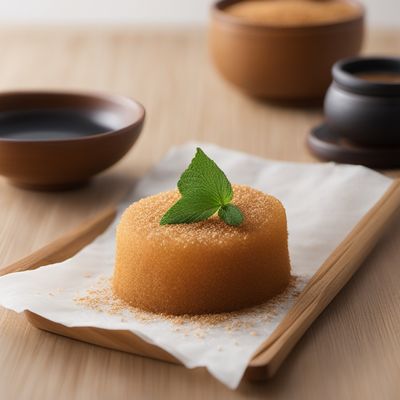
Kinako Mochi with a Twist
Sesame Delight: Kinako Mochi with a Nutty Twist

Homemade Sweet Rice Cakes with Red Bean Filling
Delightful Korean Rice Cakes: A Sweet Treat for All Occasions

Molecular Gastronomy Siomay
The Art of Siomay: A Molecular Gastronomy Twist

Homemade Injeolmi: Traditional Korean Rice Cake
Injeolmi Delight: A Sweet and Chewy Korean Rice Cake Treat

Vegetarian Tacos al Pastor
Plant-Based Twist on Classic Mexican Tacos al Pastor
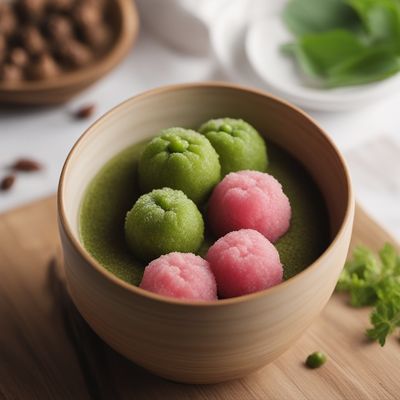
Bocchan Dango with a Twist
Sakura Delight: Bocchan Dango Blossoms

Mexican-style Injeolmi Tacos
Savory Corn Tacos with a Korean Twist
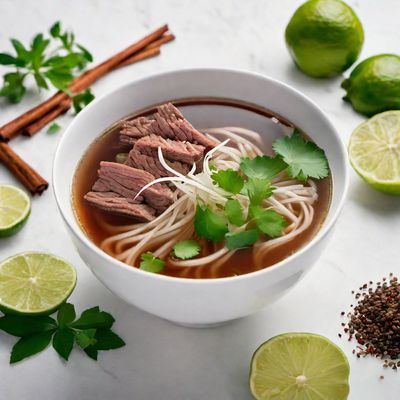
Molecular Gastronomy Pho
Pho Reimagined: A Molecular Gastronomy Twist

Sobagaki with Kinako Sauce
Deliciously Nutty Sobagaki: A Traditional Japanese Delight

Kuzumochi with Matcha Syrup
Delicate Mochi Delights with a Matcha Twist
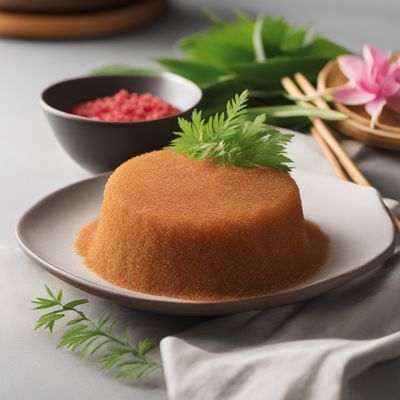
Warabimochi with Kinako and Kuromitsu
Delicate Jelly Treat with Roasted Soybean Flour and Brown Sugar Syrup
